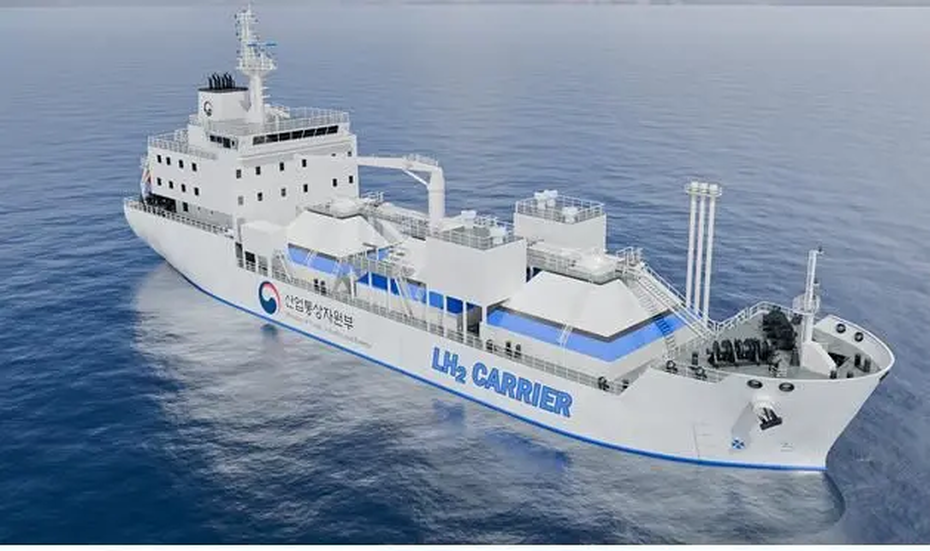In a sweeping effort to accelerate its clean energy ambitions, South Korea took two major steps on Friday: opening its national hydrogen power bidding market and unveiling a state-led initiative to build the world’s largest liquefied hydrogen carrier by 2027.
The dual announcements signal the country’s strategic push to become a global leader in the hydrogen economy—from clean power generation to international transport.
Hydrogen Power Bidding Market Opens with 4,300 GWh Supply
South Korea’s Ministry of Trade, Industry and Energy (MOTIE) officially launched the 2025 Hydrogen Power Bidding Market on May 9, a system designed to support the purchase and supply of electricity generated from hydrogen-based fuels.
The market is split into two categories: Clean Hydrogen Power and General Hydrogen Power, each with separate eligibility and volume targets.
Under the Clean Hydrogen Power category, only electricity produced using certified clean hydrogen—defined by MOTIE as generating no more than 4 kilograms of CO₂ equivalent per kilogram of hydrogen—is eligible. The government has allocated 3,000 GWh/year for this market, equivalent to the power needs of approximately 850,000 households. Contracts will span 15 years, and operations must begin by 2029, following a three-year preparation period.
In the General Hydrogen Power market, designed to promote distributed energy generation, the annual allocation is 1,300 GWh with a 20-year contract period. These projects are expected to commence by 2027 after a two-year lead time.
Final bidders for both markets will be selected based on a mix of price and non-price criteria, including grid impact, industrial contributions, fuel stability, and clean hydrogen utilization. Selections are expected in August for the general market and November for the clean category, according to a statement by MOTIE.
Public-Private Hydrogen Carrier Project Aims for Global First by 2027
Also on Friday, the Ministry announced the formation of a Public-Private Joint Promotion Team to spearhead the development of liquefied hydrogen carriers. The plan, unveiled during a ceremony in Busan, falls under the Liquefied Hydrogen Carrier Super-Gap Leading Strategy, which aims to position South Korea as a dominant force in hydrogen shipping.
According to a report by FuelCellsWorks (FCW), the government is investing 55.5 billion won (approximately US$44 million) in 2025 alone to support 43 R&D projects across 101 organizations, including South Korea’s top three shipbuilders, academic institutions, and research bodies.
The project aims to launch the world’s largest liquefied hydrogen demonstration ship by 2027. These carriers will be capable of storing hydrogen at -253°C, reducing its volume by a factor of 800, and enabling high-efficiency, long-distance transport.
“Liquefied hydrogen carriers are an area with a high level of technical difficulty and a very high risk of initial technology development,” said an official from MOTIE, noting the importance of public investment in helping the domestic shipbuilding industry diversify into the hydrogen sector. “We will actively support the early acquisition of large-scale liquefied hydrogen carrier technology by organizing related laws and systems so that the technology we have developed can become a global standard,” the official added, as cited by FCW.
South Korea already leads the world in LNG (liquefied natural gas) shipbuilding and hopes to leverage that expertise in the emerging hydrogen market, where global demand is expected to soar as countries race to decarbonize maritime transport and industrial energy systems.
A global media for the latest news, entertainment, music fashion, and more.















